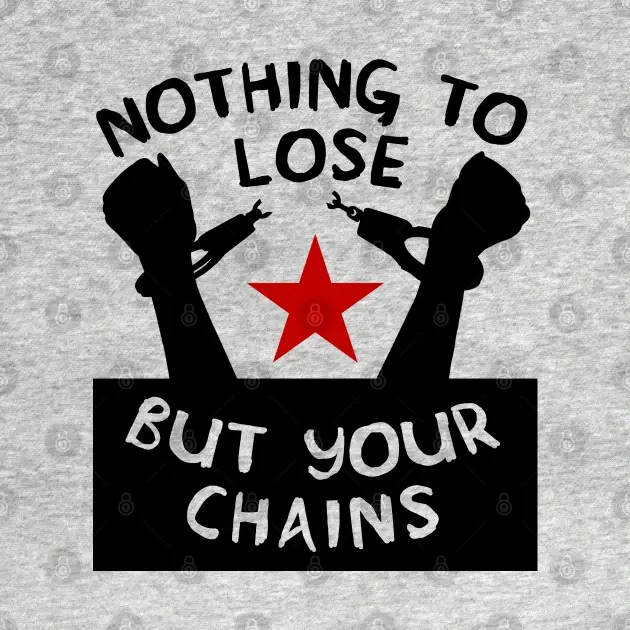Keith Creel is president and CEO of Calgary-based railway company Canadian Pacific Kansas City Ltd.
Railways. Airlines. Ports. Seaways. All have experienced significant labour disruption in the past 18 months. Canada has experienced 62 work stoppages in the transportation sector alone in 2023 and 2024, involving close to 20,000 workers.
This month, Canada’s two largest ports (Vancouver and Montreal) have been completely or partially shut down due to labour disruptions. In September, a strike by grain handlers at the Port of Vancouver disrupted exports during peak shipping season. In August, the country’s two largest railways, including Canadian Pacific Kansas City (CPKC), came to a halt due to labour work stoppages. Before that, a strike shut down one of the nation’s largest airlines and threatened to shut down another. That was after the St. Lawrence Seaway was forced to close a year ago, which happened months after the previous B.C. port shutdown that went on for two weeks in July, 2023.
These are self-inflicted harm to our supply chains. A work stoppage of any duration or even the threat of a work stoppage causes serious disruption to Canada’s supply chains and harms the country’s reputation as a stable, dependable trading partner.
The dispute at the Port of Montreal is the third in four years. Canadian labour instability has become a chronic problem. The pattern of disruption is forcing global shipping companies to look elsewhere and ship through alternative U.S. ports. Canada needs a reliable method to resolve economically damaging labour disputes; one that respects the collective bargaining process, while avoiding disruptions when negotiations fail.
As a country we place a high value on collective bargaining and firmly believe that the best deals are found at the bargaining table. But while CPKC has an excellent track record of reaching negotiated agreements with the vast majority of our unions, we have repeatedly faced bargaining with certain unions where it has become clear that a negotiated agreement is simply unachievable.
While CPKC did lock out Teamsters workers back in August, that had come after the union issued a strike notice. The company had little choice in the matter. This is not our unique problem but one faced by companies across the country.
In such situations, Canada needs a mechanism to maintain industrial peace that does not repeatedly disrupt and damage the supply chains Canadians depend on every day. Other countries do this effectively. It can – and must – be done in Canada.
The federal government must step in to protect the clear national interest by putting an end to the frequent disruptions and mandating the parties to resolve their differences through binding arbitration when deadlocked. While this did happen with CPKC less than 24 hours after the labour disruption, there had been no certainty of that. And that one day is costly. One day of stoppage is three to five days of recovery.
Canada must prepare for the USMCA review by addressing its chronic labour instability now. It should start by rapidly resolving the current port strikes. Then, there needs to be a serious national conversation about improving the legal tools the federal government has available to prevent – or rapidly end – a labour disruption that is threatening Canada’s national interest.


That is a $290,000 raise to every single employee while maintaining profitability, if I’m understanding operating ratio correctly.
The math
Google says operating ratio is expenses ÷ sales (revenue), so 1-OR is profit÷revenue, and therefore (1-OR)·revenue is profit. Not sure which OR to use so I’ll use the conservative one
(1-0.618)·$3.8·10⁹/quarter·4 quarters/yr÷19927 employees=$290,000/yr/employee
Do mind that their existing salaries are already included in the expenses figure, so that’s $290,000 on top.